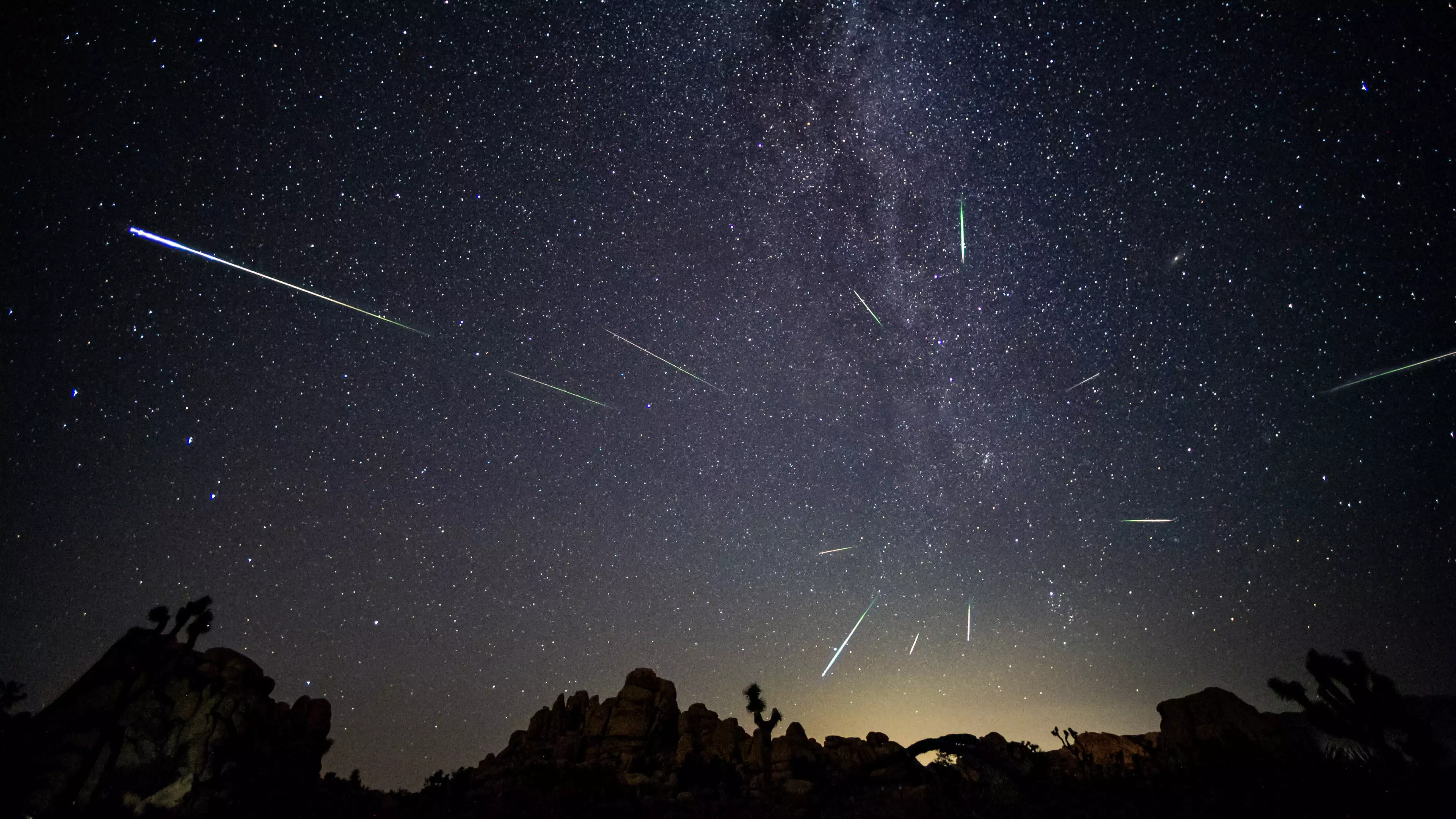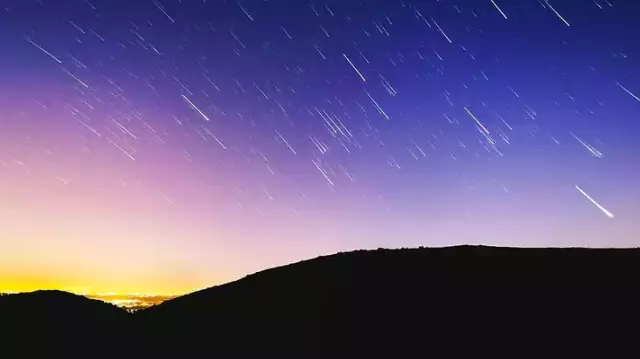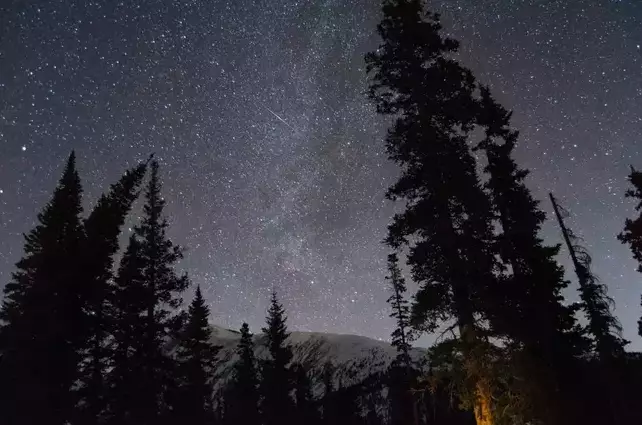
We've been enjoying some beautiful weather this weekend and the clear skies are set to continue working in our favour for one very special event: the Perseid meteor shower.
The Perseids are active each year between mid-July and the end of August and for 2020, they'll be peaking in the sky across the nights of 11th and 12th August - that's Tuesday and Wednesday night!

Dedicated sky-watchers will be able to see as many as 50 to 100 comets fly across the sky per hour as part of the stunning spectacle.
Advert
As for timings, The Royal Observatory advise that The Perseids are usually best viewed between midnight and 5.30am.
However, there is also a chance of seeing some meteors right after the sun goes down.

According to ROG: "[The shower] is always above the horizon as seen from the UK, which means that observers in the UK should be able to see some meteors as soon as the Sun sets.
Advert
"Therefore, it is worth looking up in the early evening.
"It is always favourable to try and spot meteors when the Moon is below the horizon or when it is in its crescent phase, because otherwise it will act as a natural light pollution and will prevent the fainter meteors from being visible."

The Perseids are caused by the Earth moving through a stream of debris left by Comet Swift-Tuttle as it travels on its 133-year orbit.
Advert
As the particles hit the Earth's atmosphere at 37 miles (59 km) per second, they burn and streak across the sky.
While it's best seen before dawn, some rare ones can be seen before midnight, just grazing the Earth's atmosphere to produce the occasional bright long trail called a 'fireball'.
So there you have it: if you can stay up late enough, you're in for an amazing sight on Tuesday and Wednesday night.
Happy stargazing, folks!